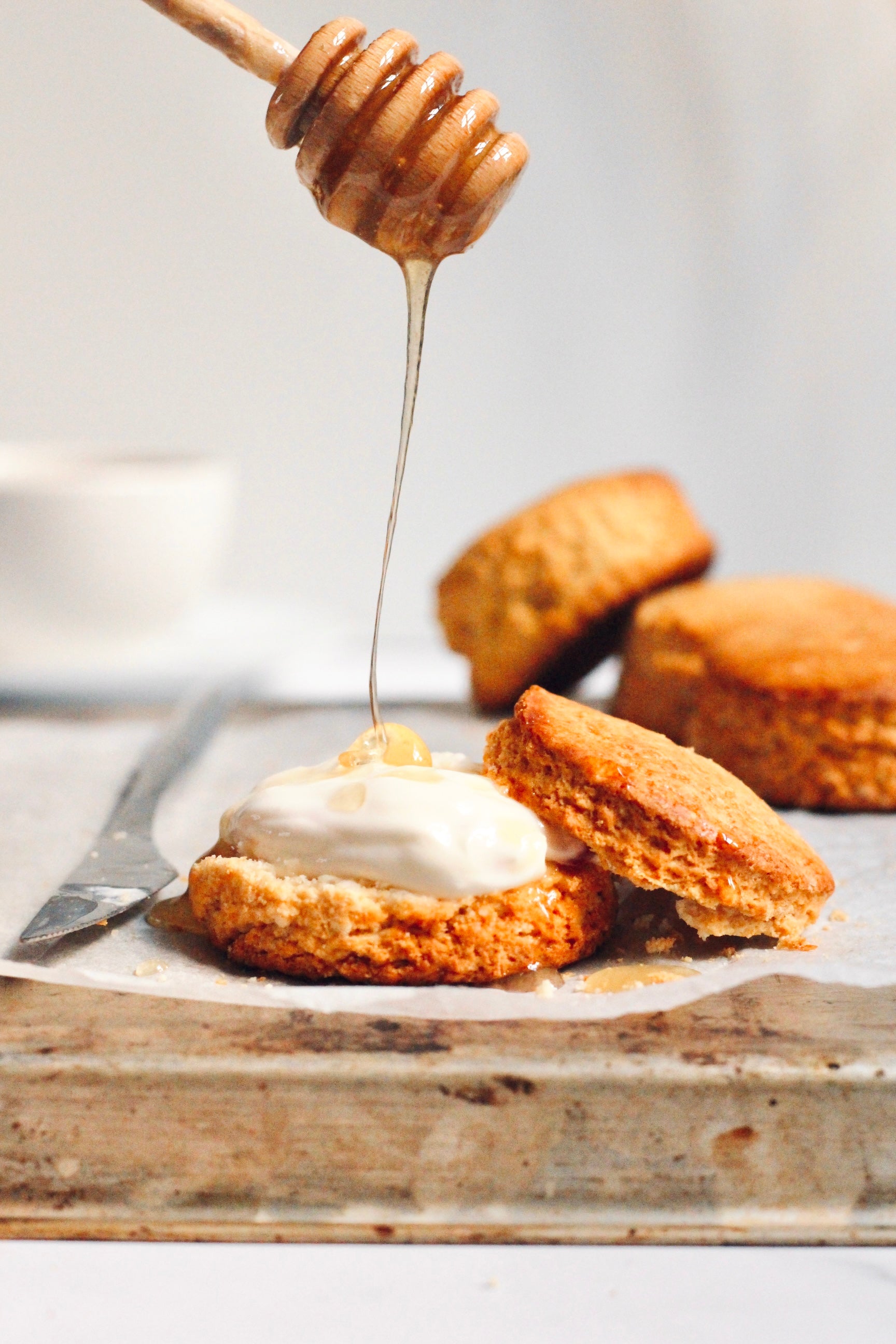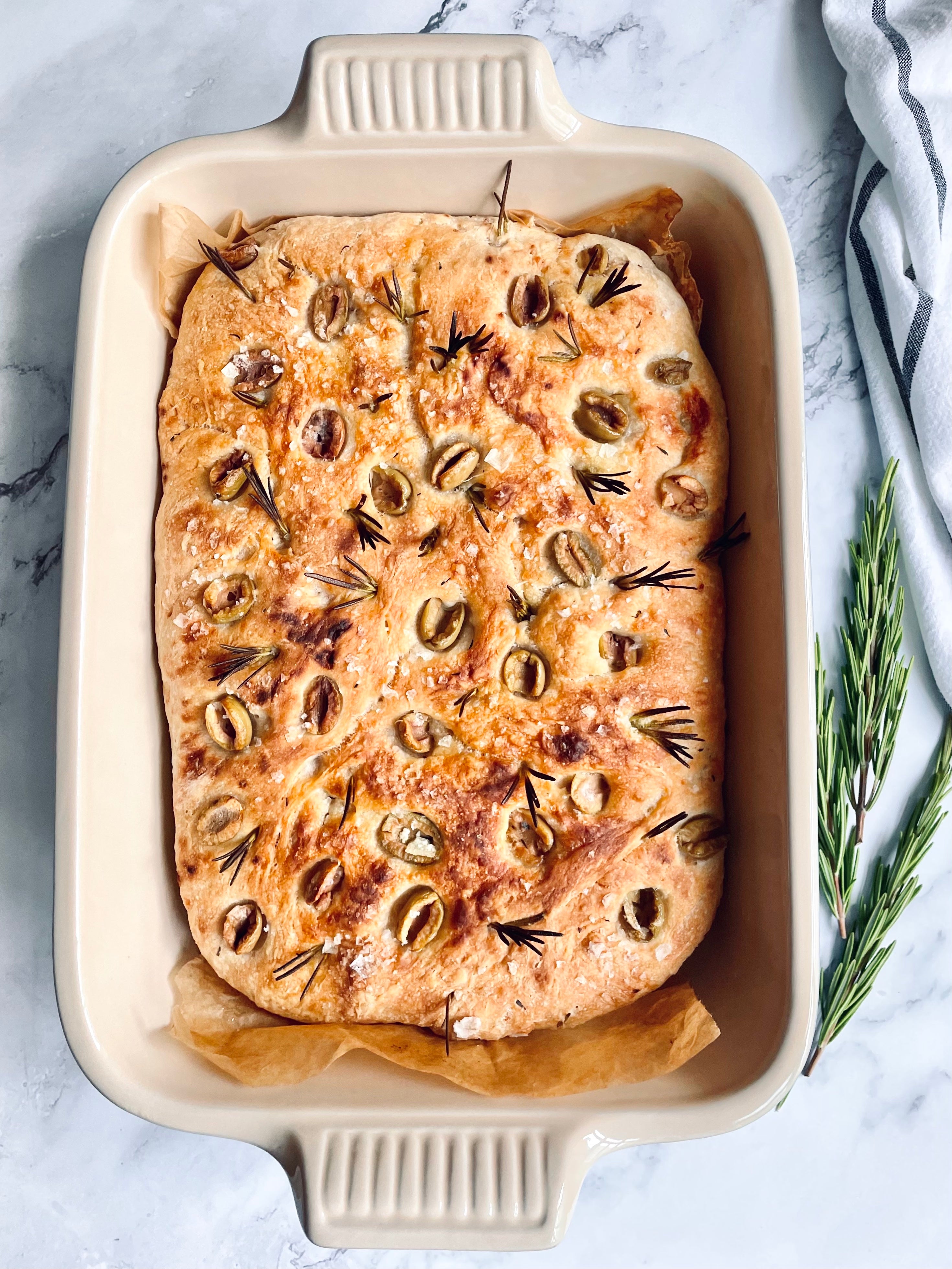Lemon Sugar Escargots
A summery twist to the classic Danish pastry:
These are my lemon sugar escargots, a tangy lemon curd rolled in a flaky, buttery Danish pastry, topped with a sprinkle of sugar for some crispy and finally a dollop of lemon zest confit. It’s super fragrant and refreshing! The lemon goes so well with the butteriness of the pastry as well! It’s the perfect breakfast for a sunny morning! ☀️🍋
I used lemons from the Mediterranean region for this recipe, the flavours are super fresh and light, subtly floral. Although I prefer using Menton lemons, but we can't find any in London. They are tart and sweet, with subtle notes of lavender, making them perfect to use in baking! If you're ever in Southern France, definitely try a lemon madeleine, or any lemon flavoured treats!
BEST PART OF THE RECIPE: NO OVER NIGHT REST!
These can be made within a day!
Traditionally, a laminated dough requires several days of preparation due to the multiple steps involved in making the dough, which is what gives their signature texture and flavor.
The laminated dough is made by layering butter and dough on top of each other and then folding and rolling the dough multiple times to create thin layers of butter and dough. This process is called "turning" the dough, and it is what gives pastries their flaky, buttery texture.
The process of making danish pastries typically involves making the dough on the first day, then refrigerating it overnight to allow the gluten to relax and the dough to rest. The next day, the dough is rolled out and folded with butter several times, and then refrigerated again to allow the layers to set. This process of rolling and folding is repeated multiple times over several days, allowing the dough to develop its texture and flavor.
The long and involved process of making Danish pastries is what gives them their unique texture and flavor, but it also requires a lot of time and patience. This is why they are often considered a luxury pastry, and why they are typically more expensive than other baked goods.

Why we use T55 / plain flour in this recipe
T55 flour is a type of French wheat flour that is often used for laminated dough, such as croissants, puff pastry, and Danish pastry. This flour is made from soft wheat, which has a lower protein content than the hard wheat used for bread flour.
The lower protein content in T55 flour makes it more suitable for laminated dough because it produces a softer, more tender, and more delicate texture in the final product. This is because the lower protein content in the flour results in less gluten development during the dough mixing process.
When making laminated dough, the dough is repeatedly rolled out and folded with layers of butter or another fat. This creates a flaky and crispy texture in the final product. The soft and tender texture of T55 flour complements this process, as it allows the dough to be rolled out more easily without tearing, resulting in more defined layers of butter and a better rise during baking.

RECIPE BY VANIECE
DIFFICULTY: EASY
YIELD: 10 PASTRIES
ACTIVE TIME: 30 MINUTES
PROOFING TIME: 3 HOURS
BAKING TIME: 20 MINUTES
TOTAL TIME: 4 HOURS
Sometimes recipes might not work the way you want, this can be due to a number of things, but mainly: different brands of flour may have different protein levels and water absorption capabilities that may result in a different texture.
This is similar with sugar and butter, but with varying respective moisture and fat contents. To provide you with a higher success rate with the recipe, we will link you to the ingredient that I use, so that you get the closest results.
I've also added my list of equipment, so you can use the exact same ones if you wish, to feel more confident with the recipe.
Simply click on the ingredients or equipment listed below to shop!
- 250g T55 flour / plain flour
- 7g active dry yeast
- 1/4 tsp sea salt
- 125g unsalted butter (for lamination)
- 7g salt
- 40g caster sugar
- 1 egg
- 50ml lukewarm water
- 60ml room temperature milk
FILLING
- 50g lemon curd (store bought or homamde)
- zest of 1 lemon
- zest of 1 lemon
- 40g caster sugar + 20g for dipping
- Dark Pan Baking Tray (Regular or Non-Stick)
- Parchment Paper or Reusable Baking Sheets (e.g., SILPAT)
- Stand Mixer
- Rolling Pin
- Small Mixing Bowl
- Small Knife
- Mixing Spoon
- Spatula
- Cooling Rack
- In a stand mixer, add all the wet ingredients and mix until the yeast dissolves. Add all the dry ingredients and mix for 5 minutes on high speed.
- Let the dough rest for 70-90 minutes covered.
- Make a 15x15cm square with the butter and leave it in the fridge. Take it out ~10 miniutes before using.
- Roll out the dough into a 16x16cm square.
- Place the butter in the centre, with the corners pointing to the sides of the dough. Then gently seal the dough by pinching.
- Roll the dough into a 40cm long rectangle and do a letter fold. Rest the dough for 30 minutes in the fridge. Turn the dough 90 degrees and repeat the rolling for two more times. You should have a total of 3 letter folds and 3 turns.
- Roll out dough into 30x20cm rectangle.
- Evenly spread the lemon curd on the dough.
- Cut the dough into thin strips with 2cm width. You should get a total of 20 strips. Roll the strip into an escargot and be sure to tuck the ends to the bottom.
- Let the dough rest for 2 hours.
- Bake for 20 minutes at 180C until golden brown.
- While they are still warm, dip them in caster sugar.
- To make the lemon zest confit, simply rub together the zest and caster sugar to form a paste, if the paste is on the dry side, add a few drops of lemon juice.
- Spoon the lemon zest confit on to the pastry and serve!
Happy baking,
Vaniece xx






